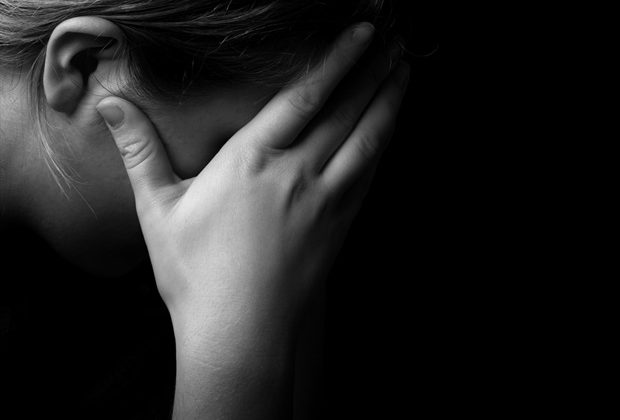Artificial intelligence. Gene editing. mRNA vaccines. It's safe to say the past few decades have felt like the next big wave of medicine. However, what continues to be needed in virtually every field is a personalized approach to care.
That's certainly needed when it comes to using transcranial magnetic stimulation (TMS) to treat depression, said Medical University of South Carolina Distinguished University Professor Mark George, M.D.
TMS uses a magnet to increase brain activity in a region of the brain known as the dorsolateral prefrontal cortex to treat clinical depression. George is a pioneer in the field, whose work helped TMS to gain approval in 2008 from the U.S. Food and Drug Administration.
TMS can offer a lifeline for those whose depression does not respond to antidepressants.
In the U.S., at any moment,1 in 20 people is depressed in some capacity. About 60% respond well to therapy and medication, and another 20% respond when switched to an alternative medication. But for the remaining 20%, finding an effective drug treatment becomes vanishingly slim."
Mark George, M.D., Distinguished University Professor, Medical University of South Carolina
By the second week of TMS treatment, most of these patients who have not responded to medications are experiencing fewer depressive symptoms. By the end of the six-week cycle, depression is resolved in about one-third of patients and is decreased in another third. Unfortunately, one third do not respond.
George is looking to better those numbers by personalizing TMS.
"In treating depression with TMS, it's been standard to target one specific region, but this still leaves some patients who don't improve," he said. "We now know there are different kinds of depression. The almost Holy Grail in psychiatry would be, based on a patient's symptoms, to say 'You should get TMS, and we should target this part of the brain for best results.'"
In a study recently published in JCI Insight, an international team led by George and Abraham Zangen of the Ben-Gurion University of the Negev took an important step in this direction. The multi-site study showed that using TMS to stimulate activity in another brain region, the medial prefrontal cortex, could also treat depression. It also sets the stage for predicting which depressive symptoms would respond best to targeting each region. The study was funded by BrainsWay Ltd.
Symptoms of depression can and do vary widely from person to person, so researchers collected a variety of depression and anxiety measures for each patient before treatment. The researchers used the decreases in these types of symptoms to gauge how effective the new TMS target was at treating depression compared to the approved target. However, they also examined these decreases to learn which depressive symptoms responded best to which target. To get even more data for making these predictions, EEG brain activity in the prefrontal cortex was also collected during the first treatment session.
After all of the baseline information was collected, each patient was assigned to receive one of the two TMS treatments (medial or dorsolateral), undergoing a full six weeks of treatments. Outcomes for both treatments were very similar: responses were seen in 61% of those receiving the approved treatment and 64% of those treated with the new medial prefrontal TMS target.
"The treatment options were what we would call near equivalent," said George. "Having more locations and options is always better in medicine."
What George found most exciting were the links between the pre-treatment symptoms and brain activity and the type of treatment given.
Patients who had a combination of high baseline depression and anxiety measures responded better to the standard TMS treatment, while those with low baseline measures responded best to TMS targeting the new medial prefrontal site.
"The current study helped us to understand which symptom profiles might respond best to the targeting of each brain region," said George. "In the next study, we will tailor treatment to participants' symptom profiles to see if outcomes improve."
This study is a first but important step in the direction of individualized medicine and refinement of the TMS technique. Improving treatment options for depression that does not respond to antidepressants could improve the lives of millions, allowing them to return to work, enjoy time with their loved ones and live their best life.
"For the 20% of people who don't recover, who lead lives of despair, there are treatments like this that can work and do work," said George. "People should not settle for less than getting their lives back."
And George won't settle until he personalizes and refines TMS to reach more of them.
Medical University of South Carolina
Zangen, A., et al. (2023). Pursuing personalized medicine for depression by targeting the lateral or medial prefrontal cortex with Deep TMS. JCI Insight. doi.org/10.1172/jci.insight.165271.
Posted in: Medical Science News | Medical Research News | Medical Condition News
Tags: Anxiety, Artificial Intelligence, Brain, Clinical Depression, Cortex, Depression, Education, Food, Gene, Health Care, Hospital, Medicine, Nursing, Pharmacy, Psychiatry, Research, students, Transcranial Magnetic Stimulation
Source: Read Full Article
